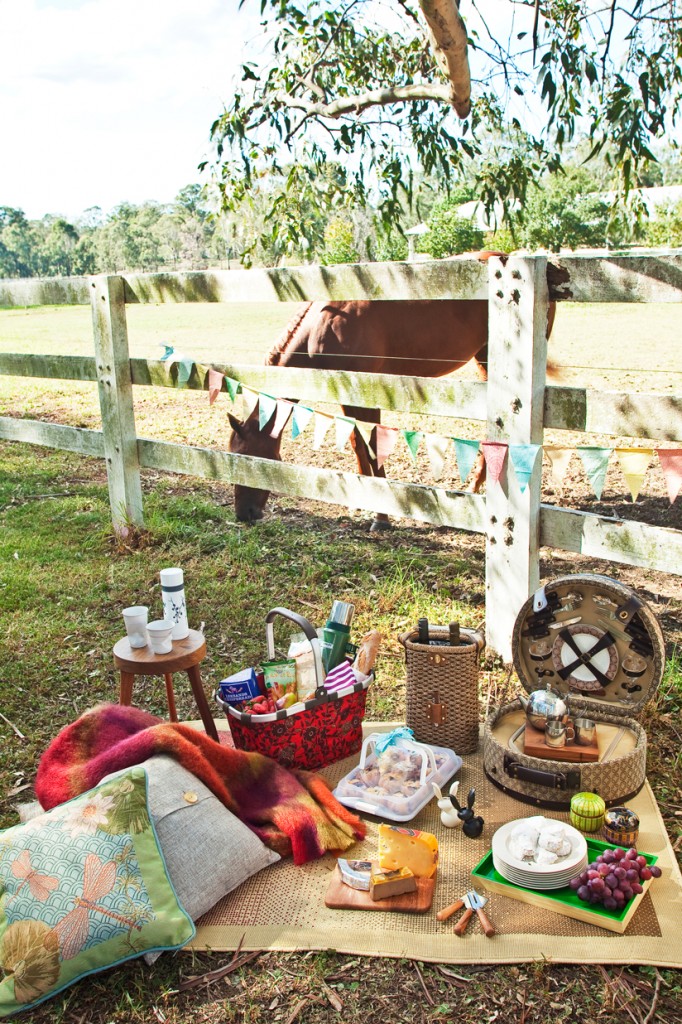
A horse grazing past a fence.
| Breed: | Standardbred Horse |
| Temperament: | Calm, Resilient |
| Lifespan: | 25 years |
| Price: | Average $300 |
| Maintenance: | High |
| Recommended for: | Experienced horse people |
History
Standardbreds are to trotting what Thoroughbreds are to galloping. The breed originated in the USA around 200 years ago and received its name in 1879 when it became necessary for horses to meet a speed standard before they could be admitted into the American Trotting Register.
Appearance
The short, strong legs and sturdy feet support a heavy boned horse with a long body, deep girth and powerful hindquarters. Standardbreds are plain in appearance, not flashy, and are available in a range of colours including bay, brown, black, grey and chestnut.
Gait
The Standardbred is a specialised trotter. It can both trot (moving legs in diagonal pairs) and pace (moving legs in lateral pairs). Standardbreds don’t gallop instinctively and will require re-education if they are to be used for general riding.
Temperament
The Standardbred is tough, versatile and, according to owners, virtually “bomb proof”. They are quieter and less ‘flighty’ than thoroughbreds.
Training
Standardbreds are bred for racing and require training before general riding. If trained correctly and consistently, they will adapt well to other tasks after retiring from racing. The length of re-training depends on the individual horse, the competency of its trainer and its intended future use.
Health and lifespan
Standardbreds usually race every fortnight, for up to 11 years, so the breed’s health problems often relate to general wear and tear. Potential owners should check for problems in the feet, tendons and suspensory ligaments as well as arthritis in lower joints, including the lower fetlock and pastern. The Standardbred has an expected lifespan of 25 years. An inexperienced person will have difficulty in detecting faults in conformation or areas of unsoundness.
Feeding and space
Breeders recommend a mixture of chaff, maintenance grain mix and hay. Standardbreds should be kept on at least an acre of land. Their paddock should be well fenced and barbed wire should be avoided.
Costs
The price of a Standardbred is often determined by what a knackery is prepared to pay when buying horses for dog meat. Thousands of Standardbreds are sold to knackeries each year, for around $300. There are plenty of owners who would prefer to either give their retired horses away or charge only a small fee to someone prepared to take them on. It is best to speak with local trainers to find those horses soon up for retirement. It costs about $25 a week to feed a Standardbred.
Grooming
Standardbreds require usual horse maintenance including brushing to remove dead hair and dirt, shoeing every six weeks (costs between $40-$60) and worming every six to eight weeks. Teeth should also be rasped every six months.
Uses
The ex-racing Standardbred is a versatile horse which can be used for pleasure riding, endurance work and dressage.
Ideal owner
The Standardbred needs an owner who is prepared to either employ a trainer or has time and experience to dedicate time to re-train the animal. Standardbreds are ideal for an active person who wants a horse with a sound temperament. Once re-trained, they are excellent for child or beginner riders.
Further Information
Visit the website of the Standardbred Pleasure and Performance Horse Association: www.standardbred.org.au


